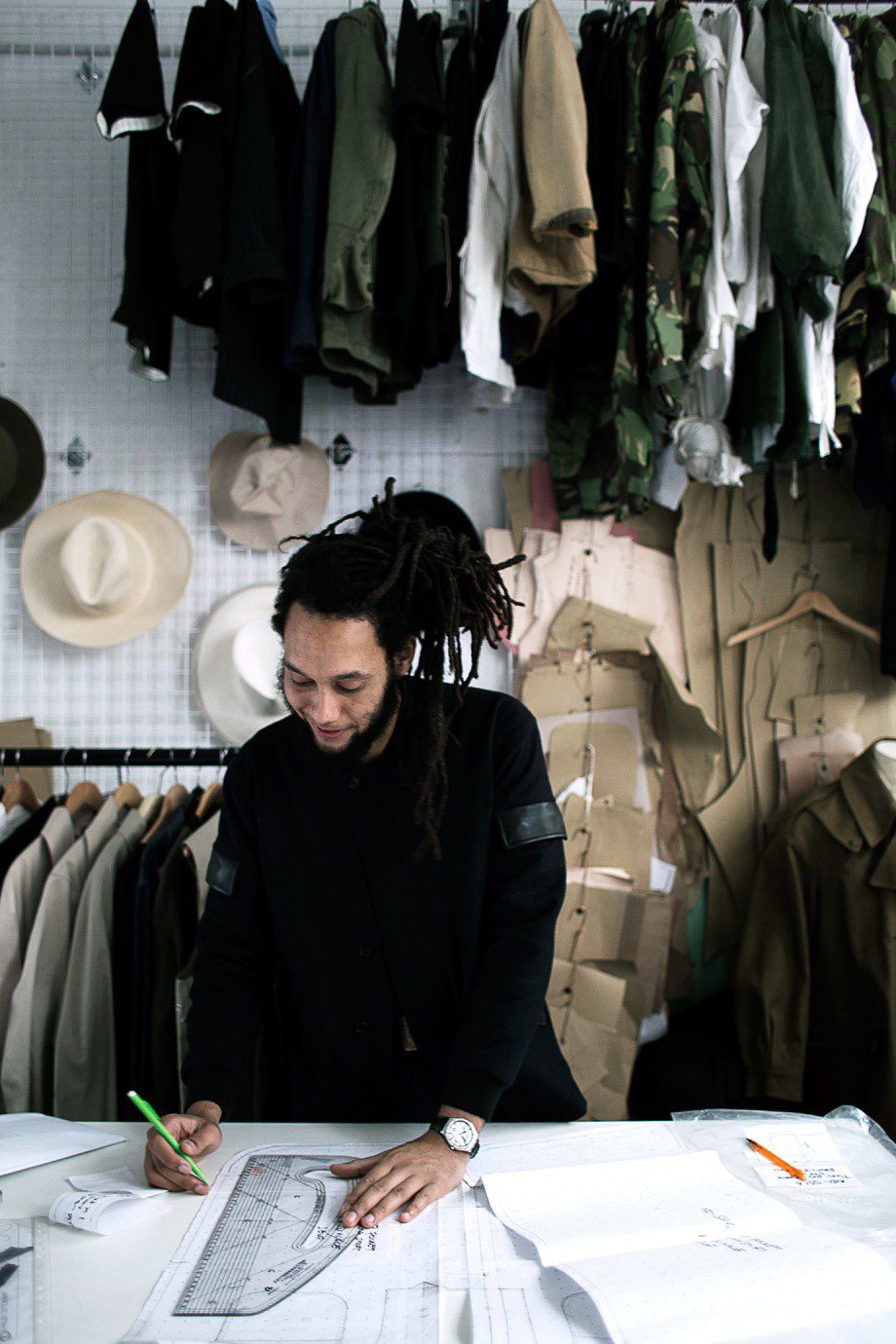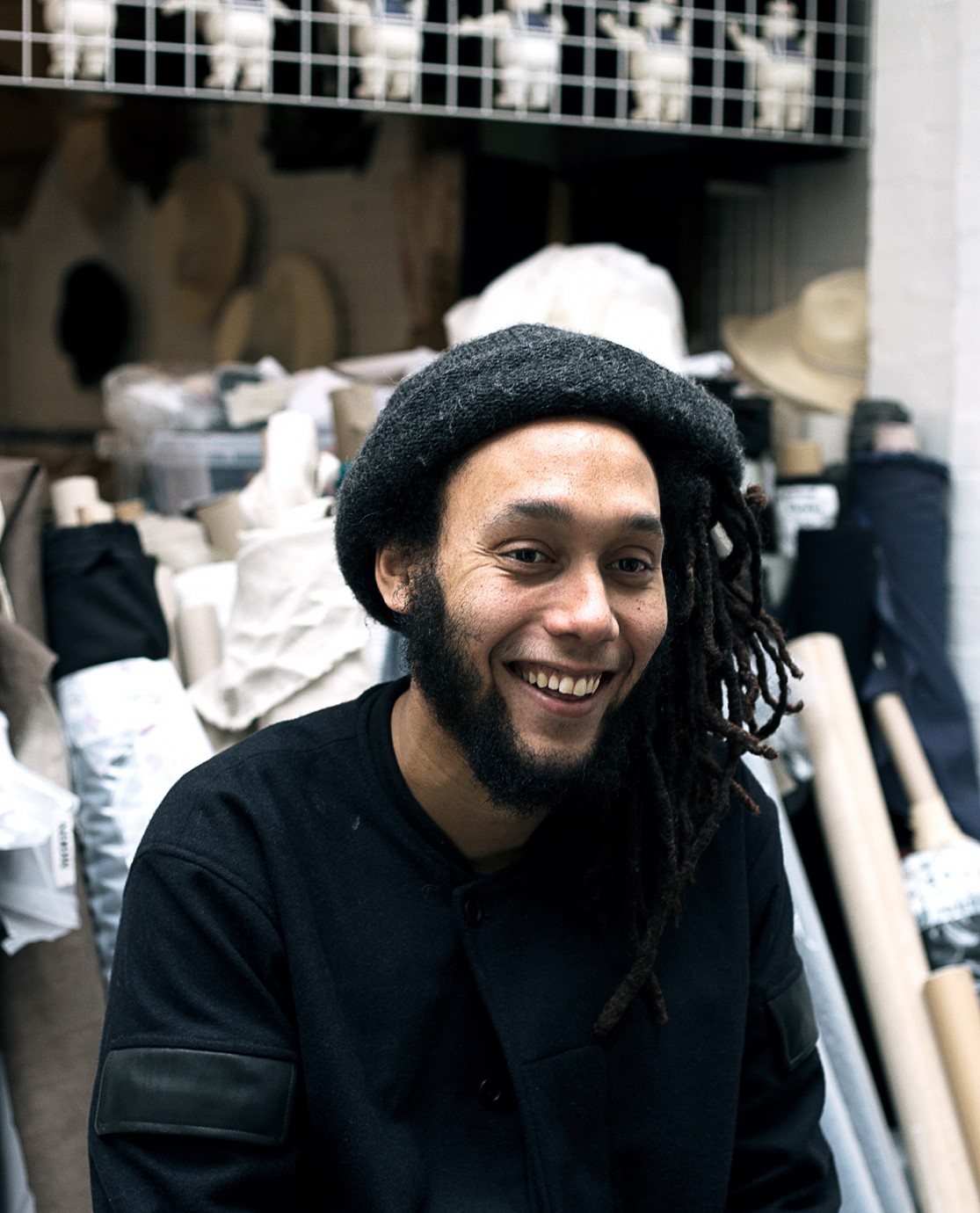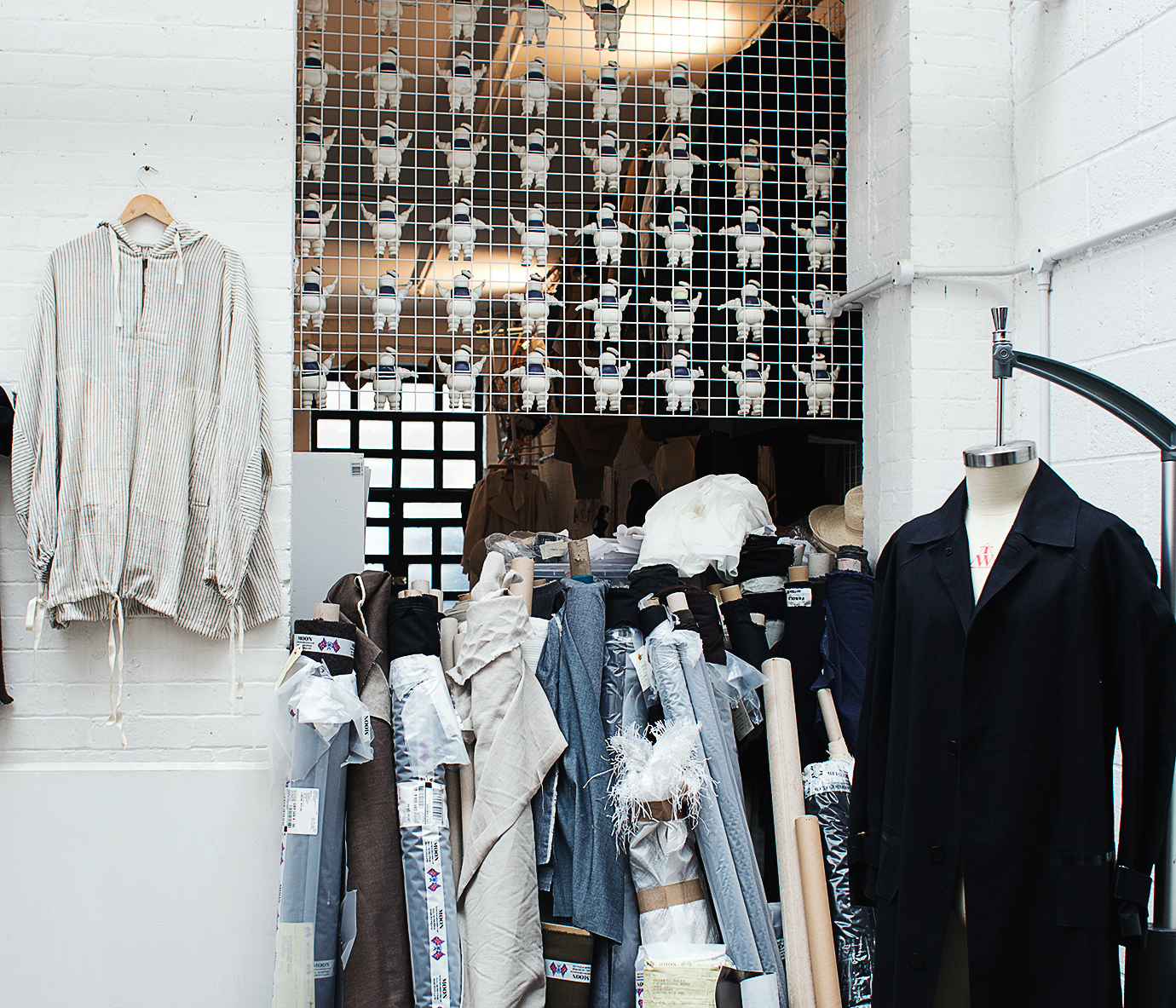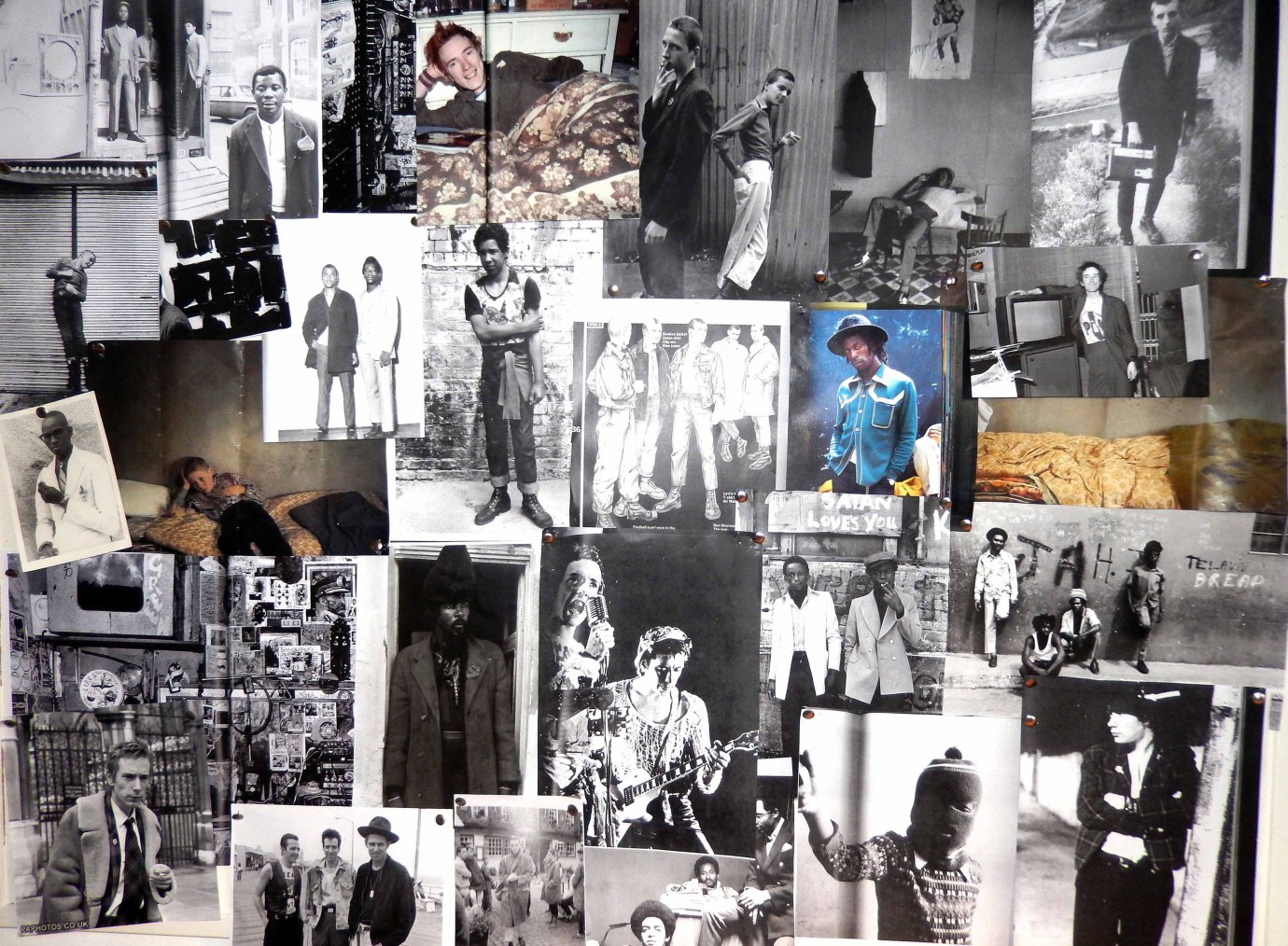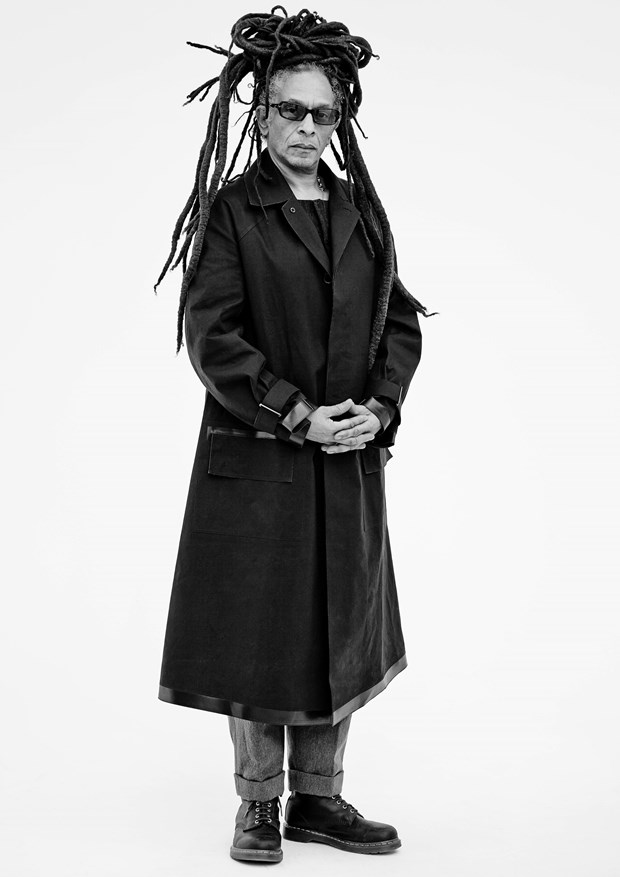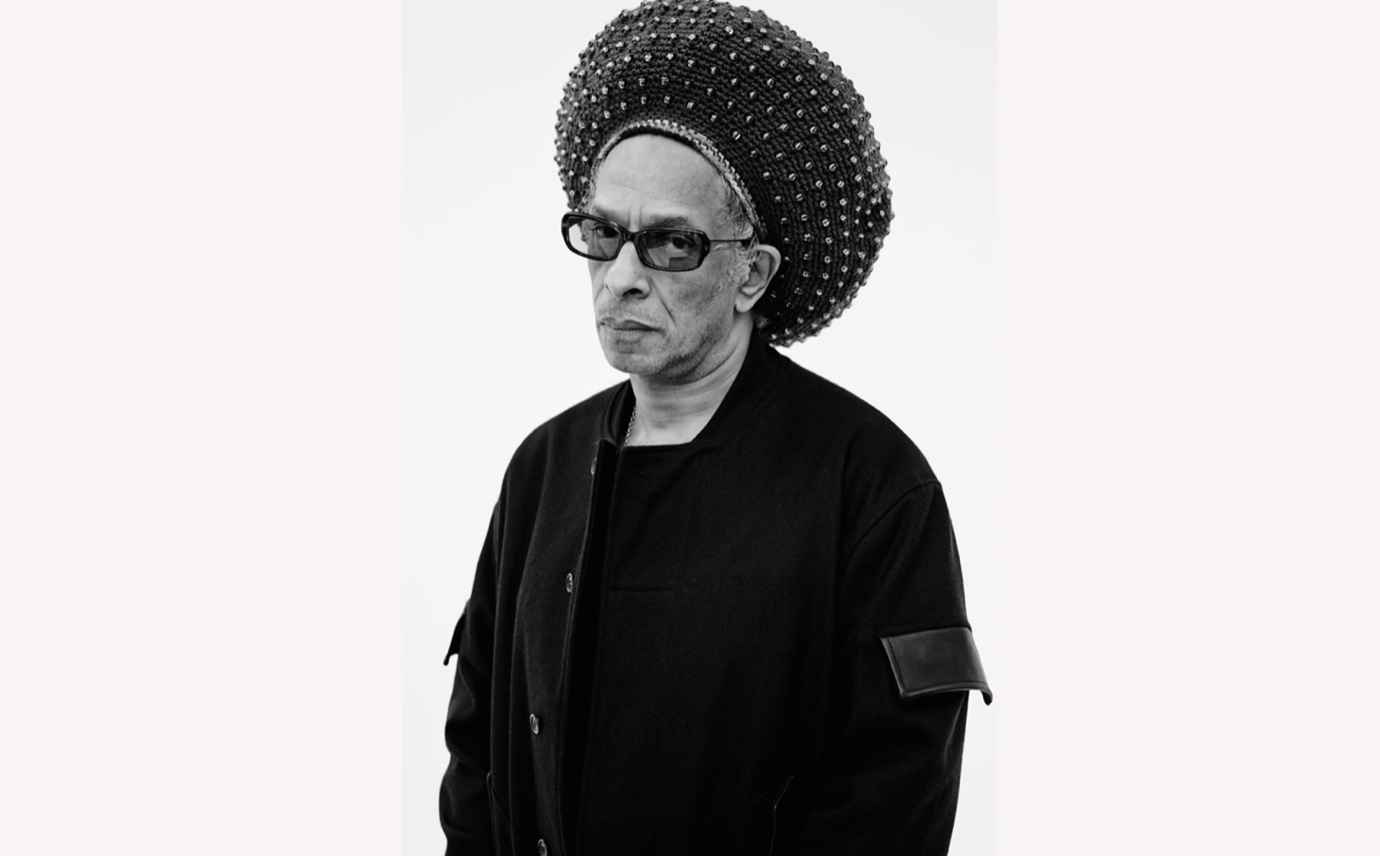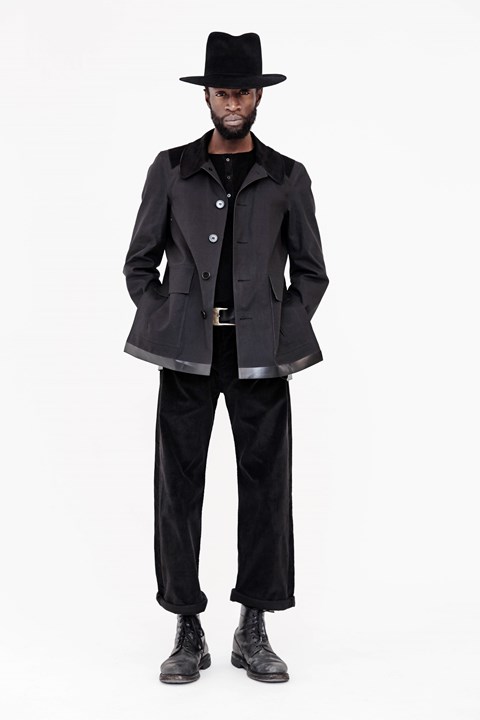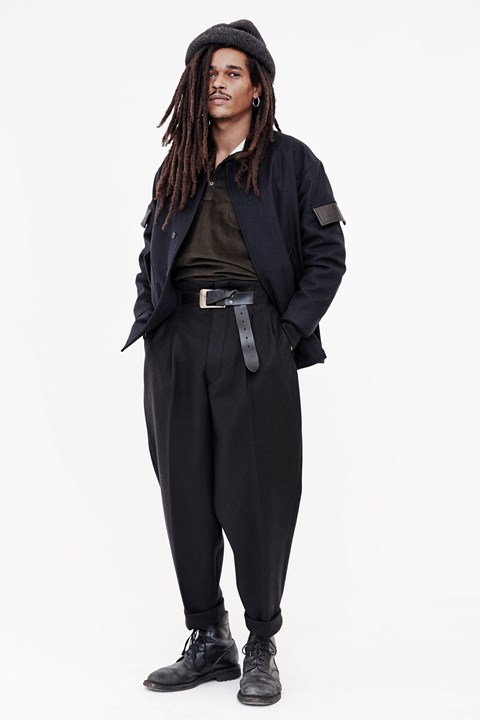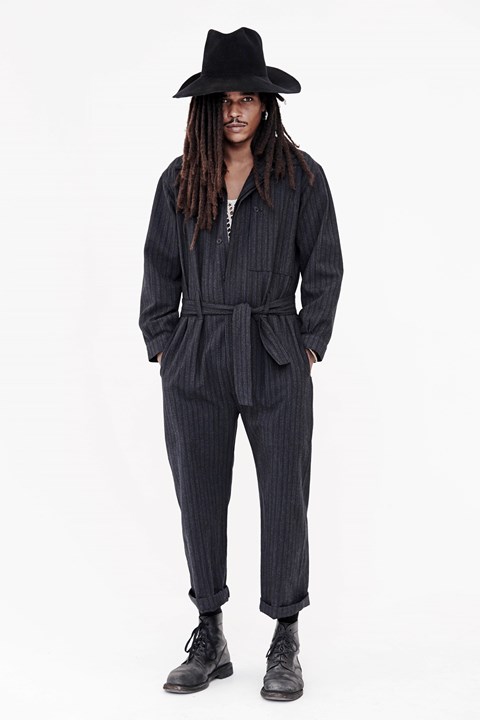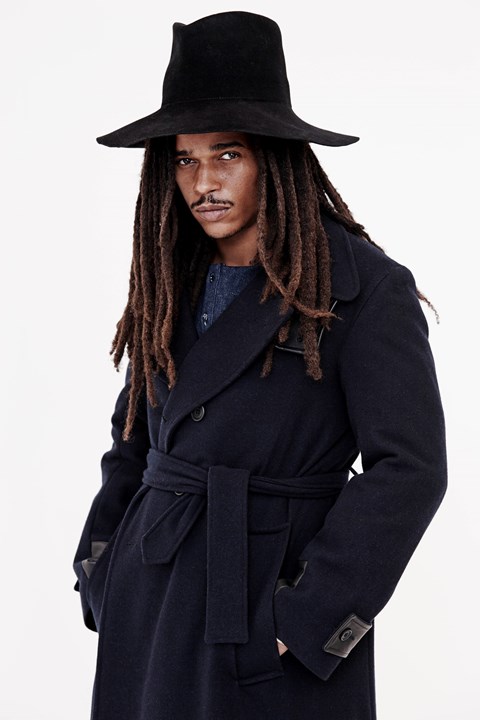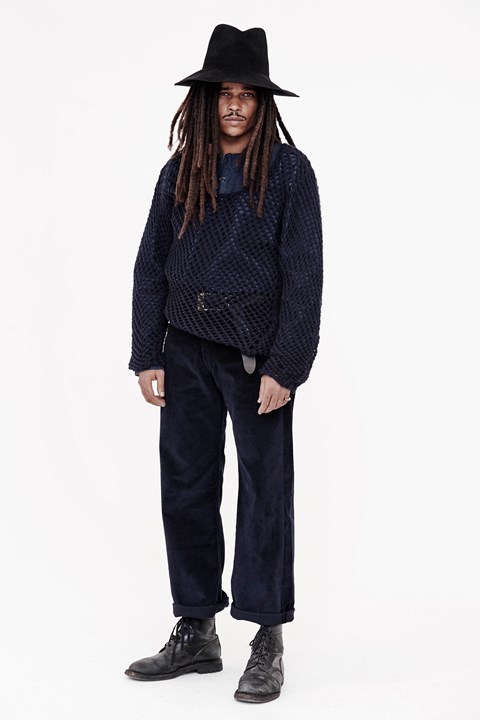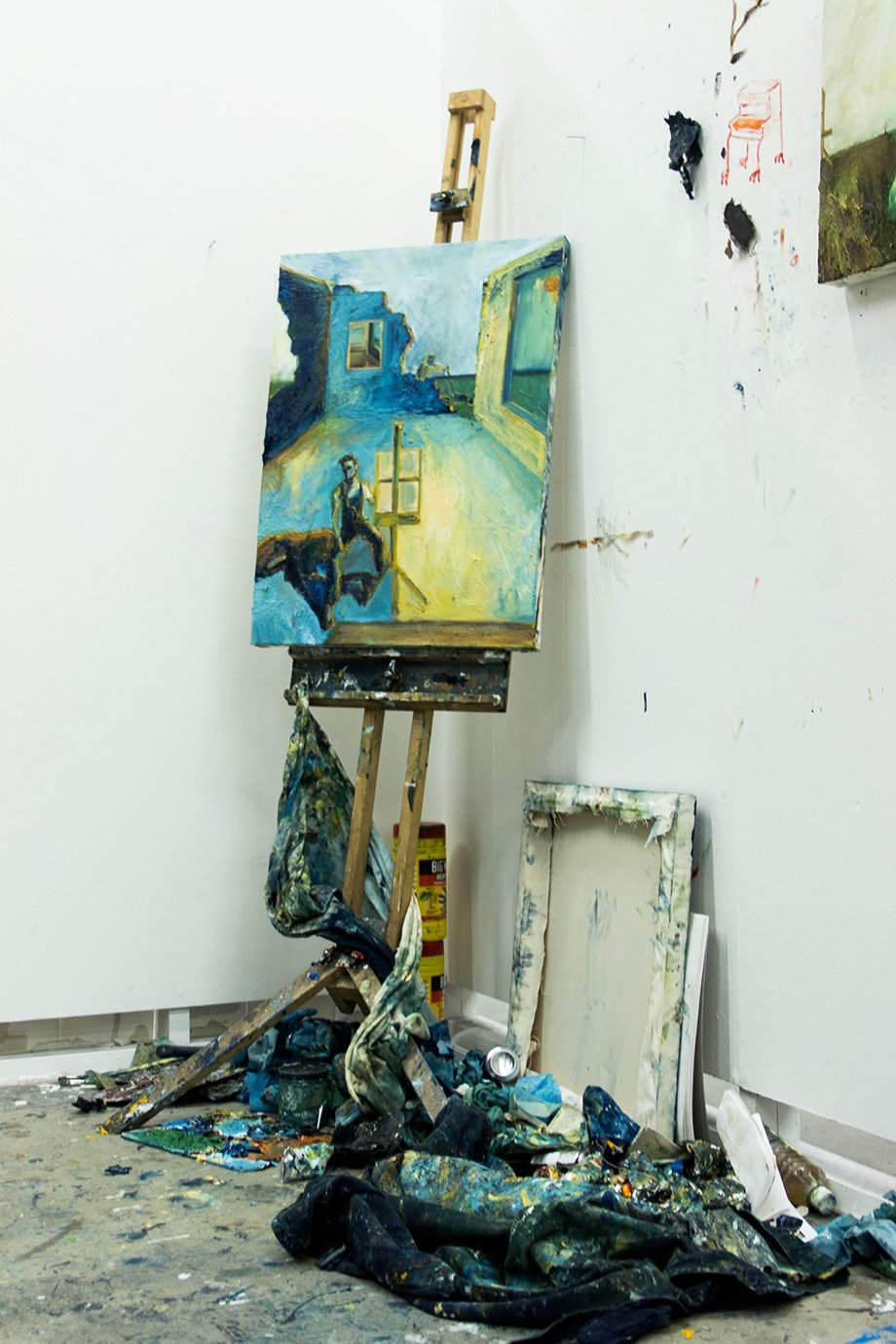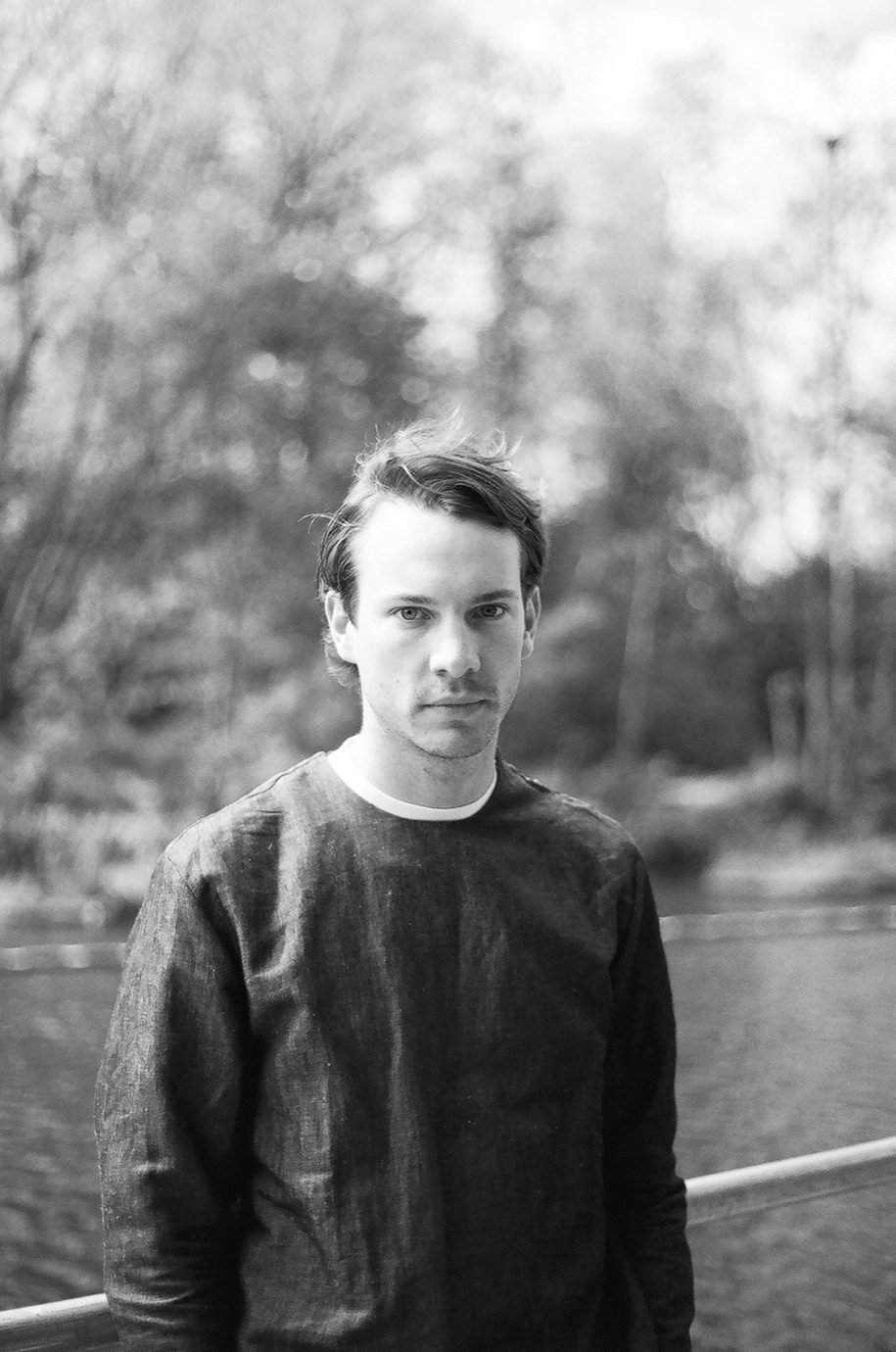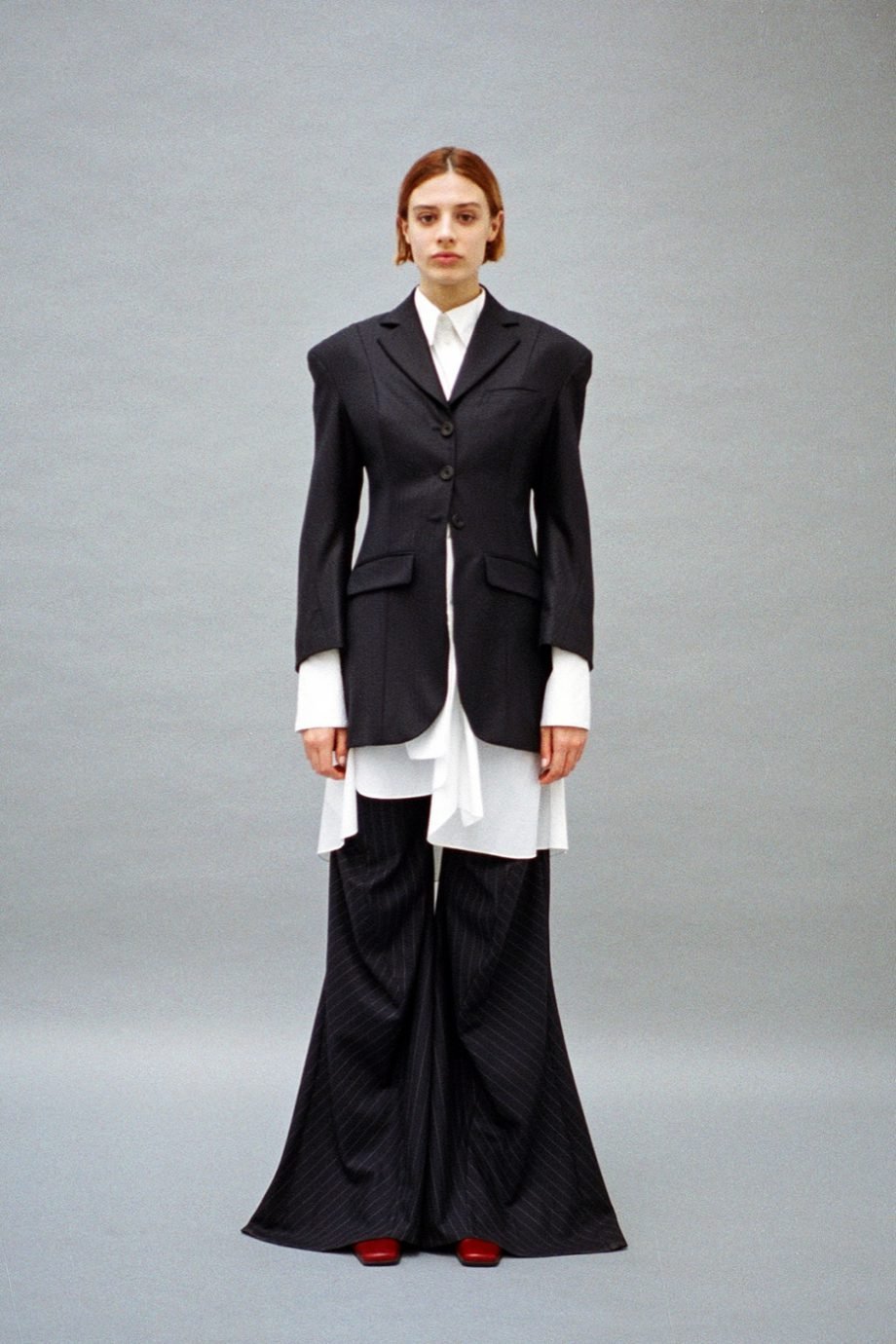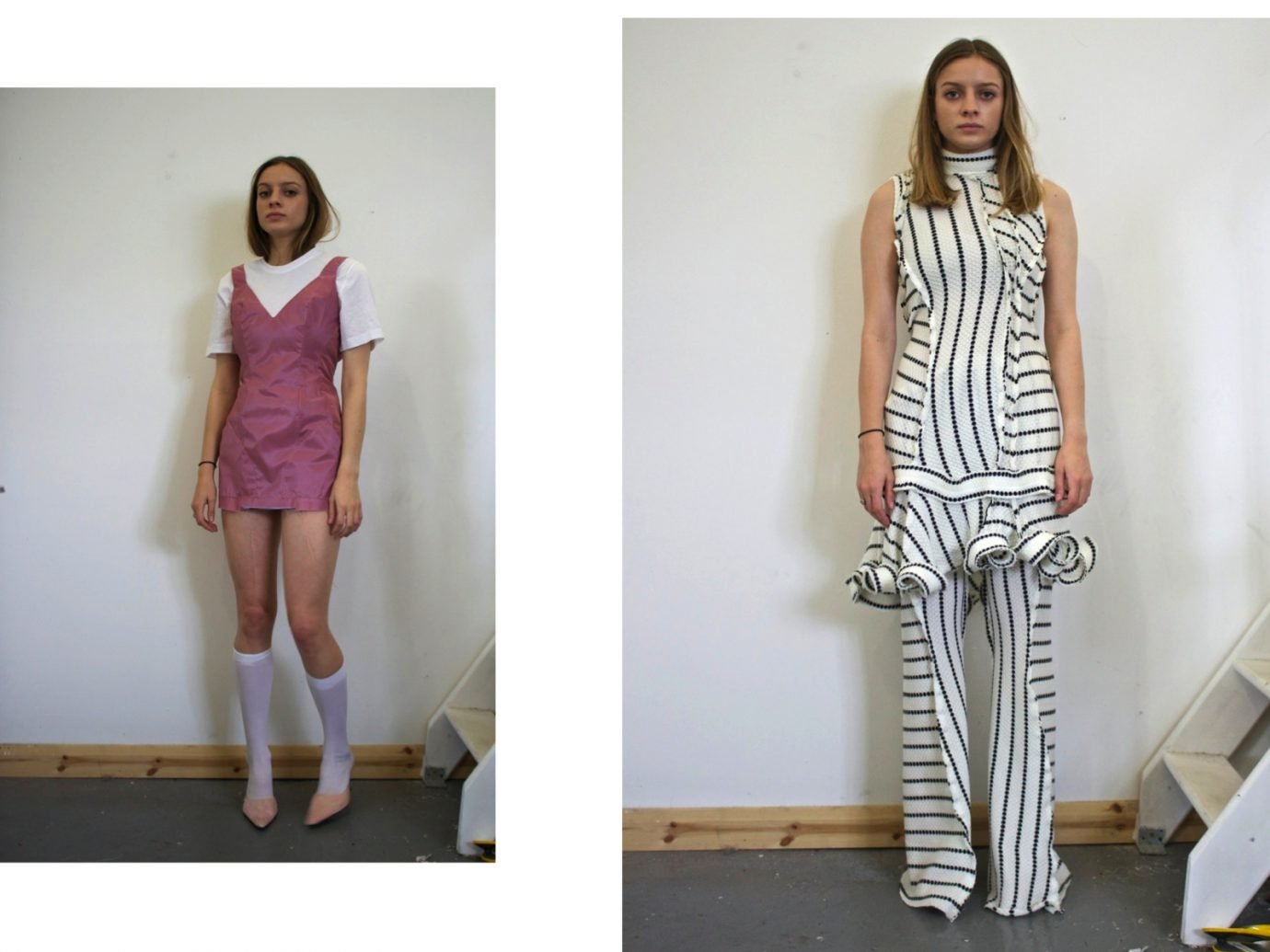Hailing from the small town of Lutterworth in Leicestershire, Nicholas’ first engagement with fashion was routed in the very subject which dominated his Central Saint Martins graduate collection. It was that of subcultures, he tells us as he reflects on his humble beginnings within the Midlands’ skate scene: working part-time, aged 15, at the renowned retailer Wellgosh in Leicester where he was a self-proclaimed sneaker-head and lover of street-wear.
He thinks of working in retail whilst studying design as a dual mechanism which nurtured his artistic approach and his understanding of fashion as a commodity, as throughout his time at St Martins he worked at Dover Street Market. “I had CSM and DSM, I had the cism,” he laughs. It was an exercise which allowed him to question who his customer is, and which designers he wants to sit next to. “It’s the end destination to my garments, so obviously having the experience on the shop floor helps,” he states. This approach originates back to his time at Wellgosh, where selling brands such as Carhartt and Stussy established his passion for Menswear which he explored whilst studying Textiles at A-level, where he was incidentally the only boy in the class.
“ALL THE MODELS I HAD AT CSM WERE JUST FRIENDS, AND OBVIOUSLY THE WHOLE DON THING ADDED A GOOD BIT OF DRAMA.”

